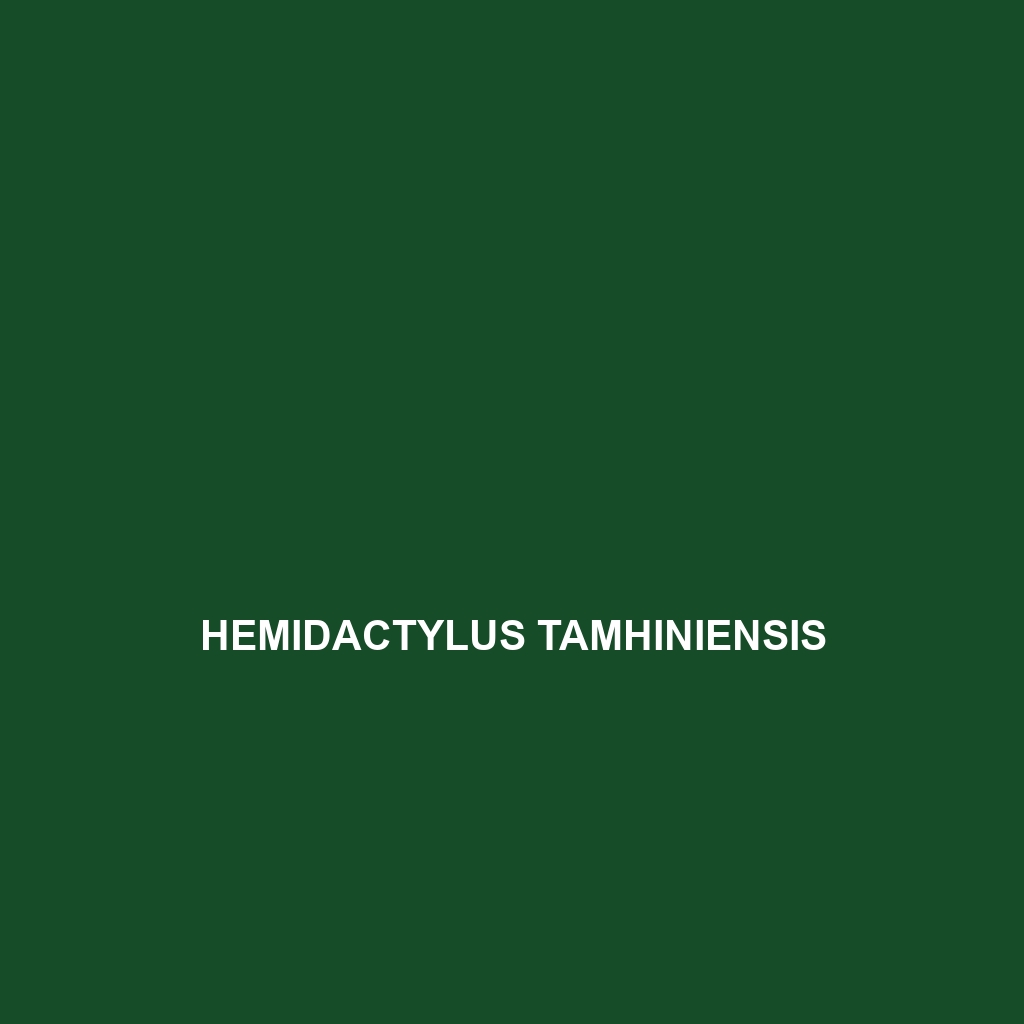-
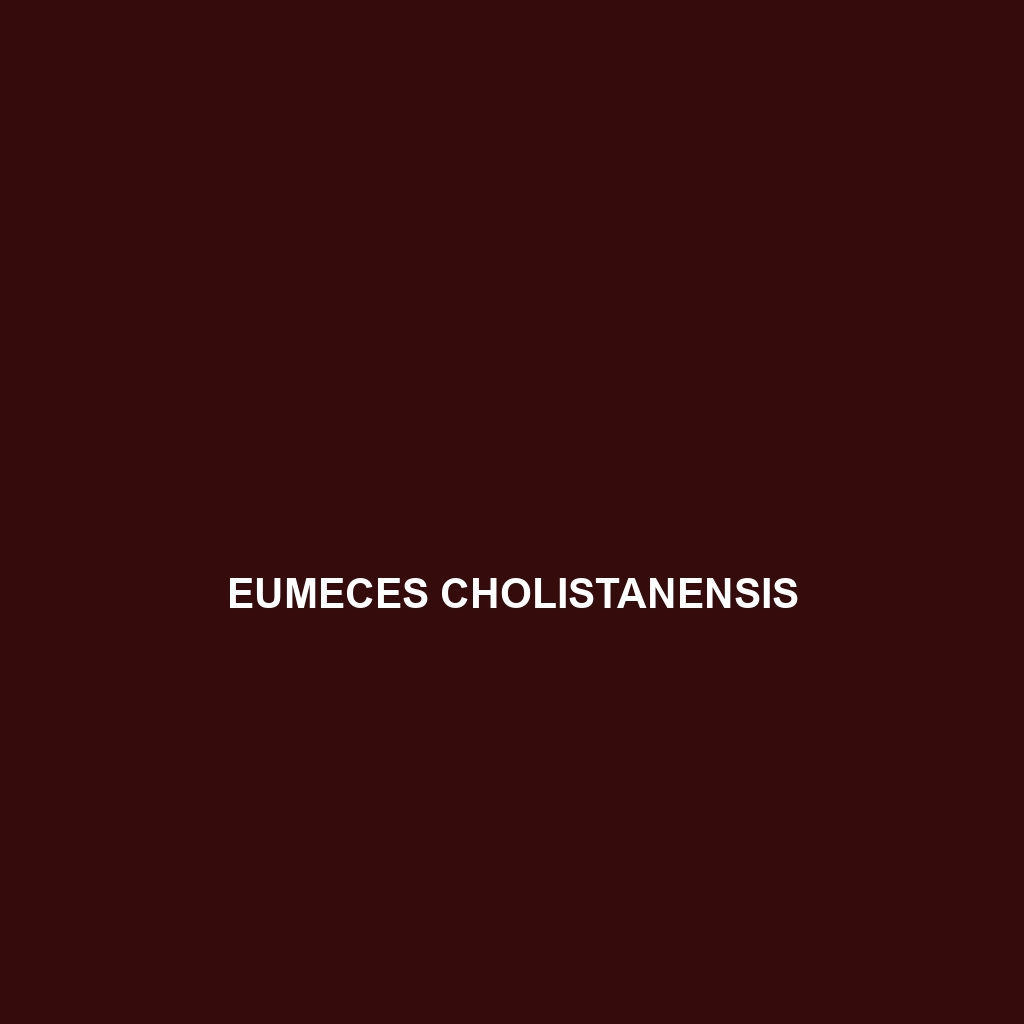
Eumeces cholistanensis
The Eumeces cholistanensis, or Cholistan skink, is a medium-sized, diurnal insectivore native to the arid Cholistan Desert in Pakistan, featuring a robust body, smooth scales, and a light brown coloration with darker stripes for effective camouflage. This skink plays a vital role in its ecosystem by controlling insect populations and serves as a prey source…
-
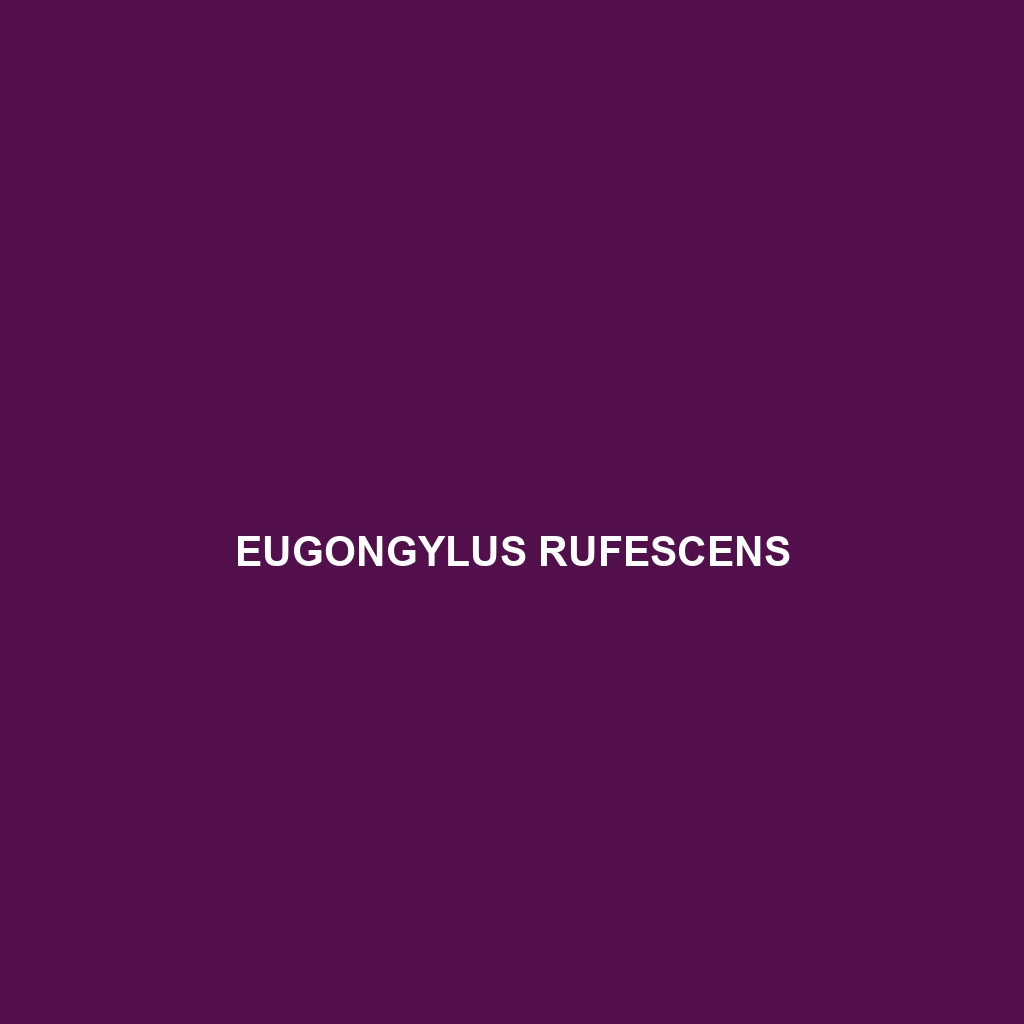
Eugongylus rufescens
Common Name Eugongylus rufescens Scientific Name Eugongylus rufescens Habitat Eugongylus rufescens, commonly known as the African Giant Skink, primarily inhabits tropical rainforests and savannas across various regions in sub-Saharan Africa, particularly in countries like Cameroon, Gabon, and the Republic of Congo. These moderate to humid environments provide the ideal microhabitats for this species, characterized by…
-
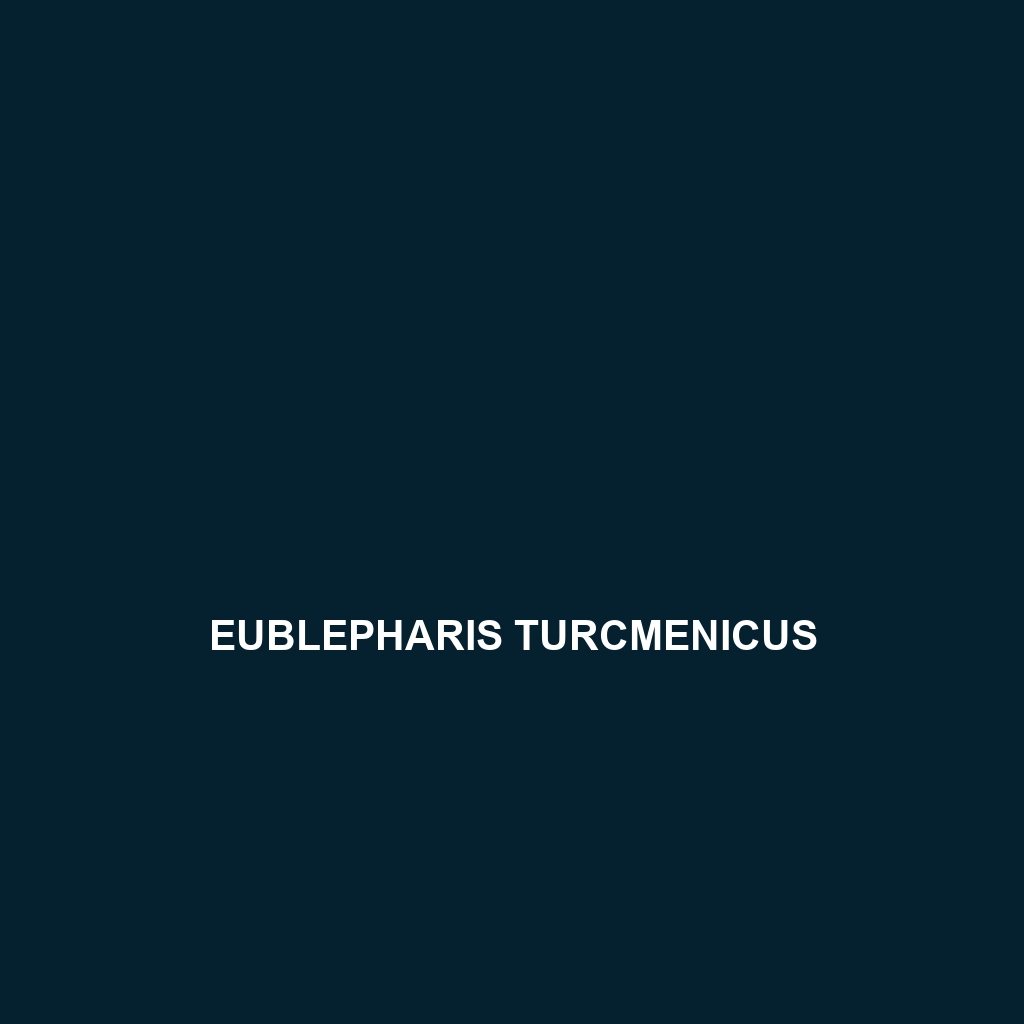
Eublepharis satpuraensis
Eublepharis satpuraensis, commonly known as the Satpura leopard gecko, is a stunning insectivorous gecko native to the lush forests of India’s Satpura mountain range, reaching lengths of 20-25 cm and known for its distinctive yellow or beige pattern with dark spots. With nocturnal behavior and a vital role in its ecosystem, this vulnerable species highlights…
-

Eublepharis hardwickii
Discover the captivating Eublepharis hardwickii, or Hardwicke’s gecko, a nocturnal insectivore native to the dry forests of the Indian subcontinent. With its distinctive yellow to brown patterned skin and remarkable camouflage capabilities, this gecko thrives in arid climates, showcasing its adaptability and vital role in its ecosystem.
-
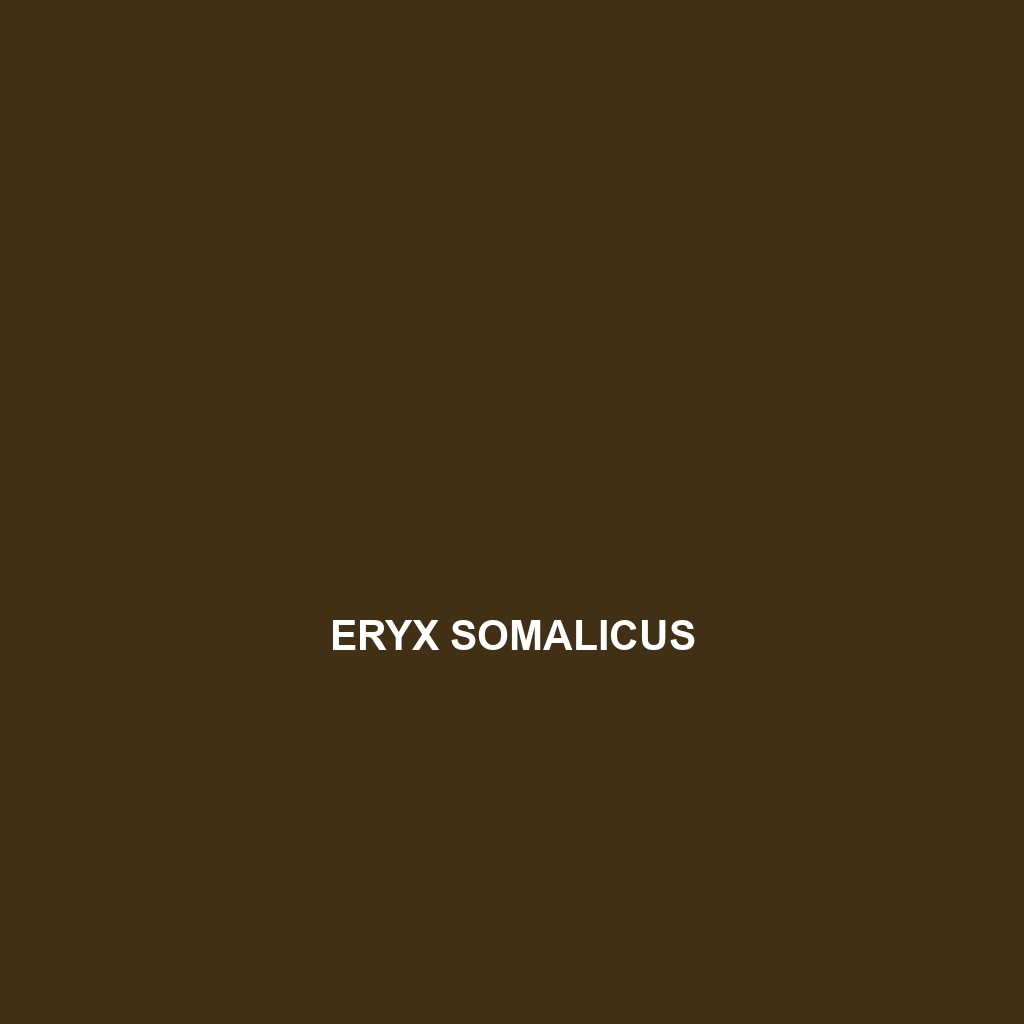
Eryx somalicus
The Eryx somalicus, or Somali sand boa, is a robust and nocturnal snake found in arid regions of Somalia, Ethiopia, and Kenya, measuring 60 to 90 cm in length. Known for its distinctive light tan or yellow coloration with dark blotches, this carnivorous species primarily preys on small mammals and plays a crucial role in…
-
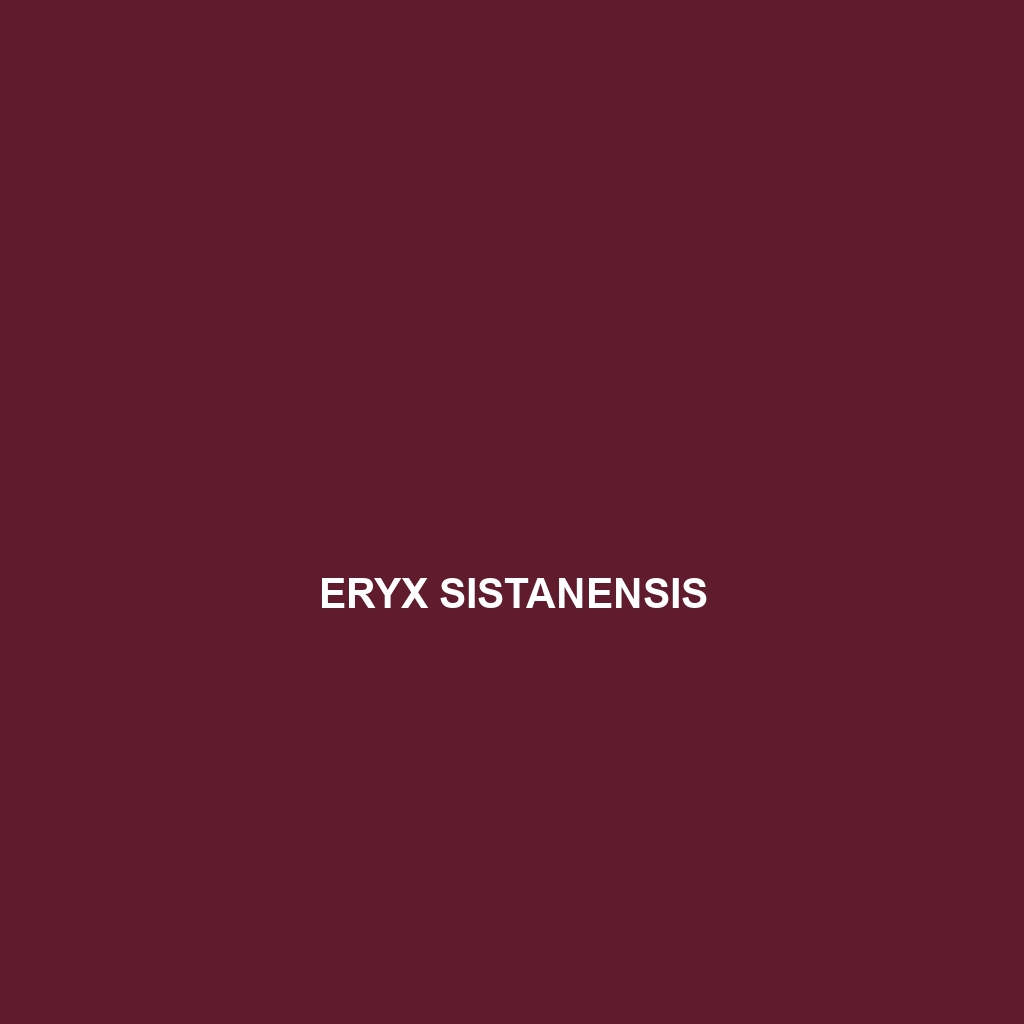
Eryx sistanensis
The Eryx sistanensis, or Sistan sand boa, is a medium-sized, fossorial snake found in the arid Sistan Basin, characterized by its stout body, smooth scales, and distinctive coloration. This nocturnal carnivore primarily preys on small mammals and lizards, playing a vital role in its desert ecosystem through predator-prey dynamics and soil aeration.
-
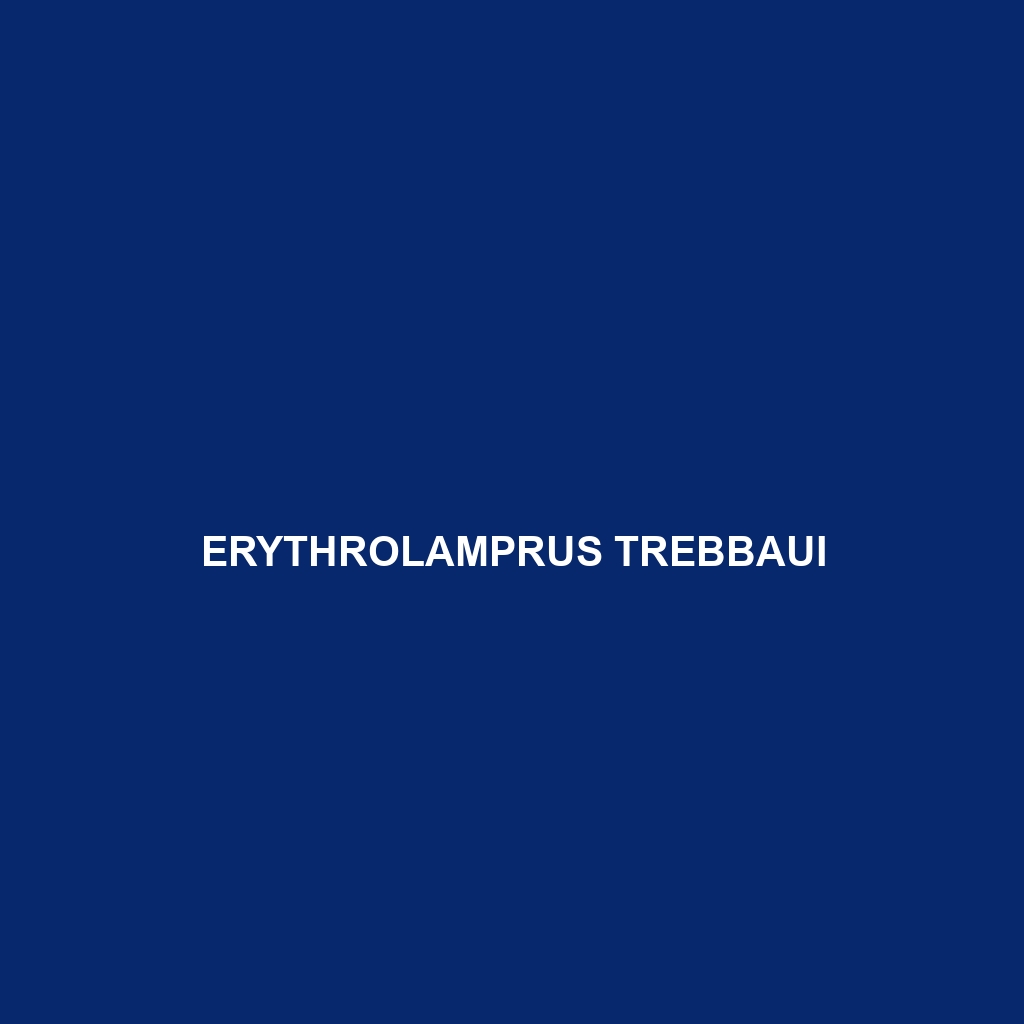
Erythrolamprus trebbaui
Erythrolamprus trebbaui, commonly found in the rainforests of Central America, is a slender, nocturnal snake that displays striking black and yellow bands. This versatile predator primarily feeds on small vertebrates and invertebrates, playing a crucial role in its ecosystem while displaying unique behaviors such as maternal care and ambush hunting tactics.
-
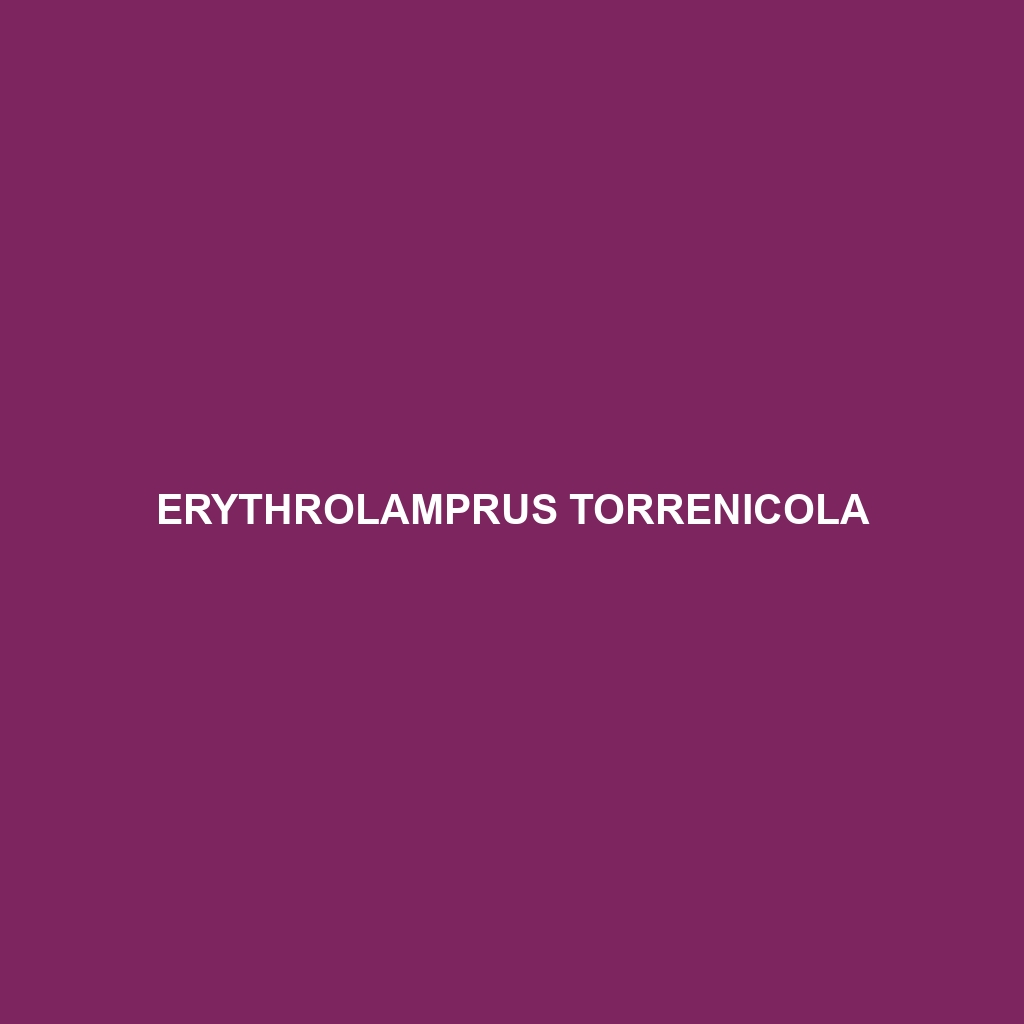
Erythrolamprus torrenicola
Discover the Erythrolamprus torrenicola, or torrential snake, a striking rainforest inhabitant characterized by its vibrant colors and slender body, ranging from 60 to 90 centimeters. This nocturnal predator plays a vital role in regulating local ecosystems by feeding on small prey such as rodents and amphibians while adapting to both humid rainforests and savanna environments.
-

Erythrolamprus semiaureus
Discover the Erythrolamprus semiaureus, or Golden Tree Snake, a striking arboreal species known for its vibrant yellow or golden hue and black bands, thriving in the tropical and subtropical forests of Central and South America. With a diet primarily consisting of small mammals and birds, this nocturnal predator plays a vital role in its ecosystem…
-
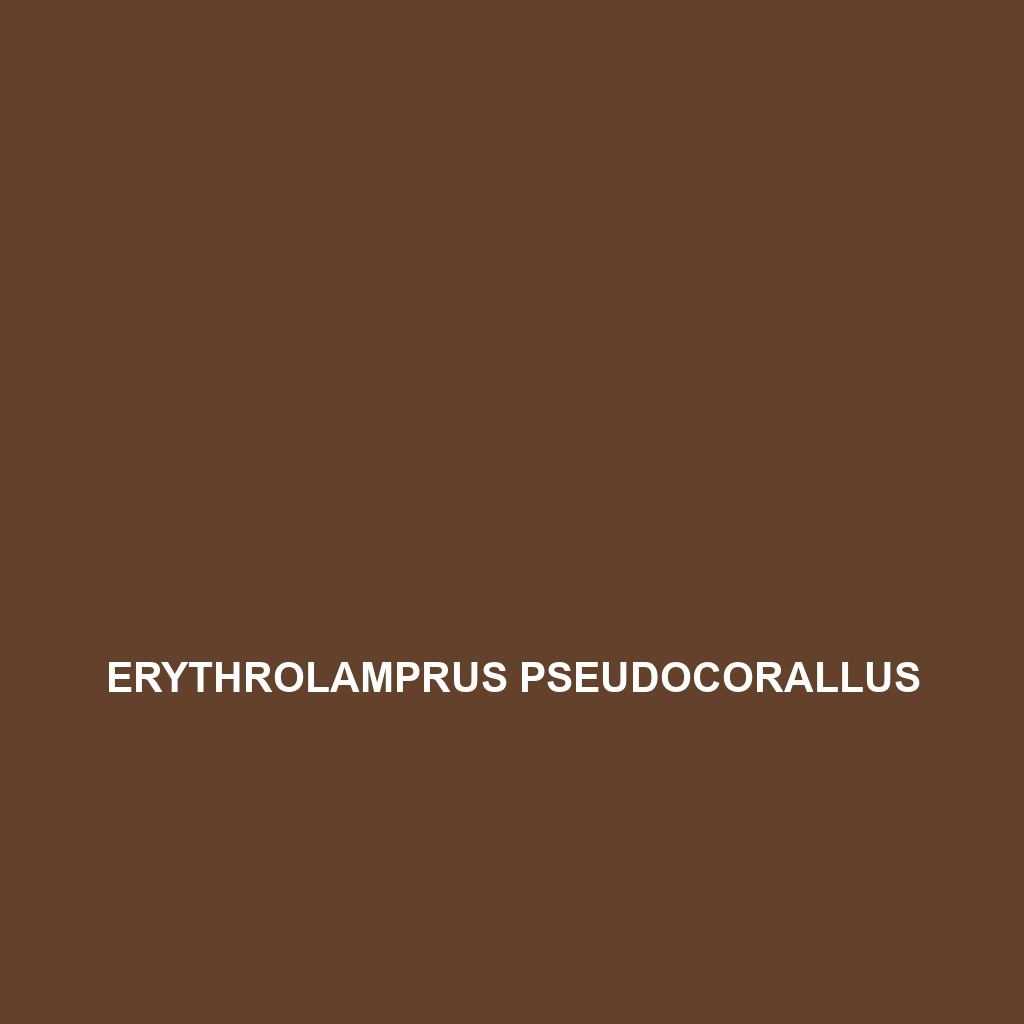
Erythrolamprus pseudocorallus
Erythrolamprus pseudocorallus, commonly known as the false coral snake, features vibrant red, black, and white ring patterns and inhabits tropical regions of Central and South America. This nocturnal, non-venomous species plays a crucial role in its ecosystem as a predator of small vertebrates and exhibits remarkable mimicry to deter potential threats.
Search
Popular Posts
-
Hemidactylus tamhiniensis
Discover the Hemidactylus tamhiniensis, also known as the Tamhini gecko, a nocturnal reptile native to the rich ecosystems of the Tamhini Ghats in India. Measuring 7 to 10 cm, this insectivorous gecko features a slender body with rough, mottled skin for excellent camouflage, playing a vital role in controlling pest populations within its habitat.
-
Hemidactylus sushilduttai
Discover the unique Hemidactylus sushilduttai, a vulnerable gecko native to the lush rainforests of India’s Western Ghats, known for its robust body, large bulging eyes, and exceptional climbing abilities. This nocturnal insectivore plays a crucial role in controlling insect populations and maintaining ecological balance within its habitat.
-
Hemidactylus stejnegeri
Hemidactylus stejnegeri, or Stejneger’s House Gecko, is a nocturnal insectivore found in tropical and urban habitats across Southeast Asia, known for its striking large eyes, adhesive toe pads, and remarkable climbing ability. Typically measuring 10 to 15 cm, this adaptable species plays a key role in controlling insect populations while displaying unique social behaviors and…
Categories
Tags
animal adaptations (816) animal behavior (4836) animal reproduction (812) behavior (919) biodiversity (7295) conservation (1670) conservation efforts (1588) conservation status (5149) diet (2099) echolocation (822) ecological balance (1736) ecological role (1582) ecology (794) ecosystem (1468) ecosystem role (2747) ecosystem roles (720) endangered species (2450) environmental conservation (745) habitat (3258) habitat conservation (990) Habitat Destruction (1164) habitat loss (3132) insectivorous reptiles (783) IUCN Red List (1623) lizard reproduction (742) nocturnal animals (2722) nocturnal behavior (2394) nocturnal reptiles (819) physical characteristics (2009) reproduction (2869) reptile behavior (742) reptile conservation (1082) reptile reproduction (768) rodent species (1325) seed dispersal (2089) Seed Disperser (963) small mammals (1166) snake diet (804) snake reproduction (860) South America (794) tropical forests (942) Vulnerable Species (4616) wildlife (2508) wildlife conservation (4874) wildlife protection (907)

